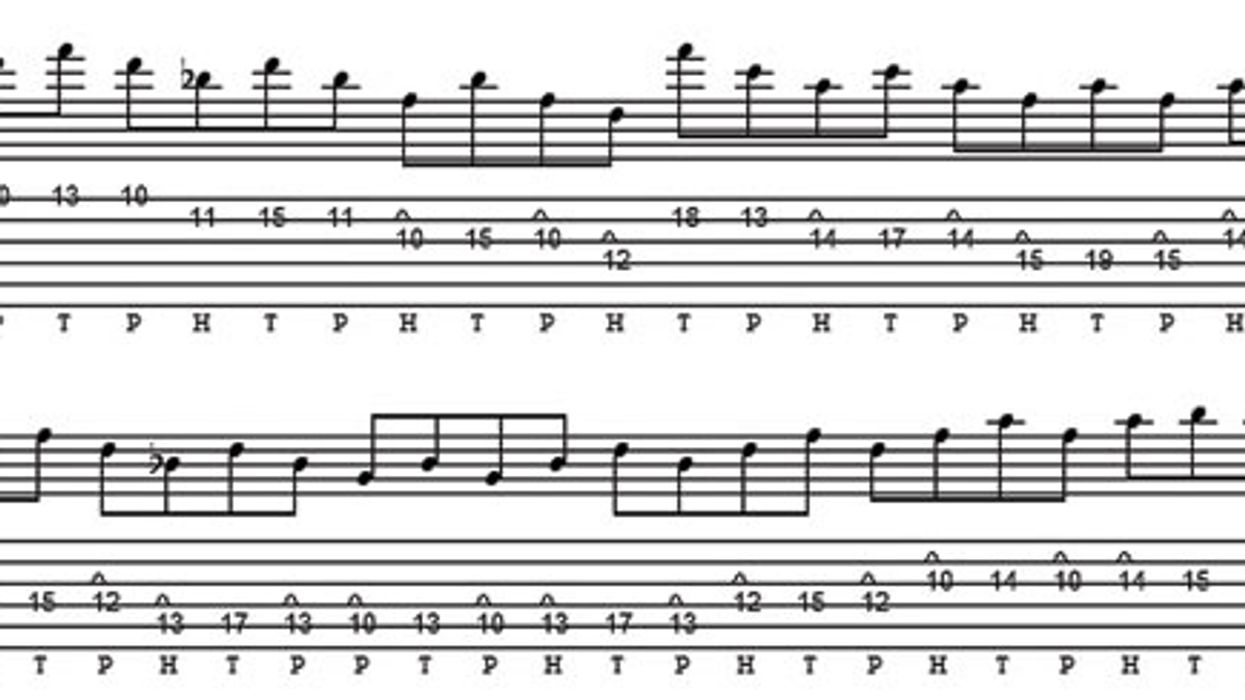Search
Latest Stories
Start your day right!
Get latest updates and insights delivered to your inbox.
typical-extend-pull-offs-hammer-ons-fret-12th-tap-note-high-e-string-finger-hand-occupy-new-tapping-effort-role
Don’t Miss Out
Get the latest updates and insights delivered to your inbox.
Recent
load more
